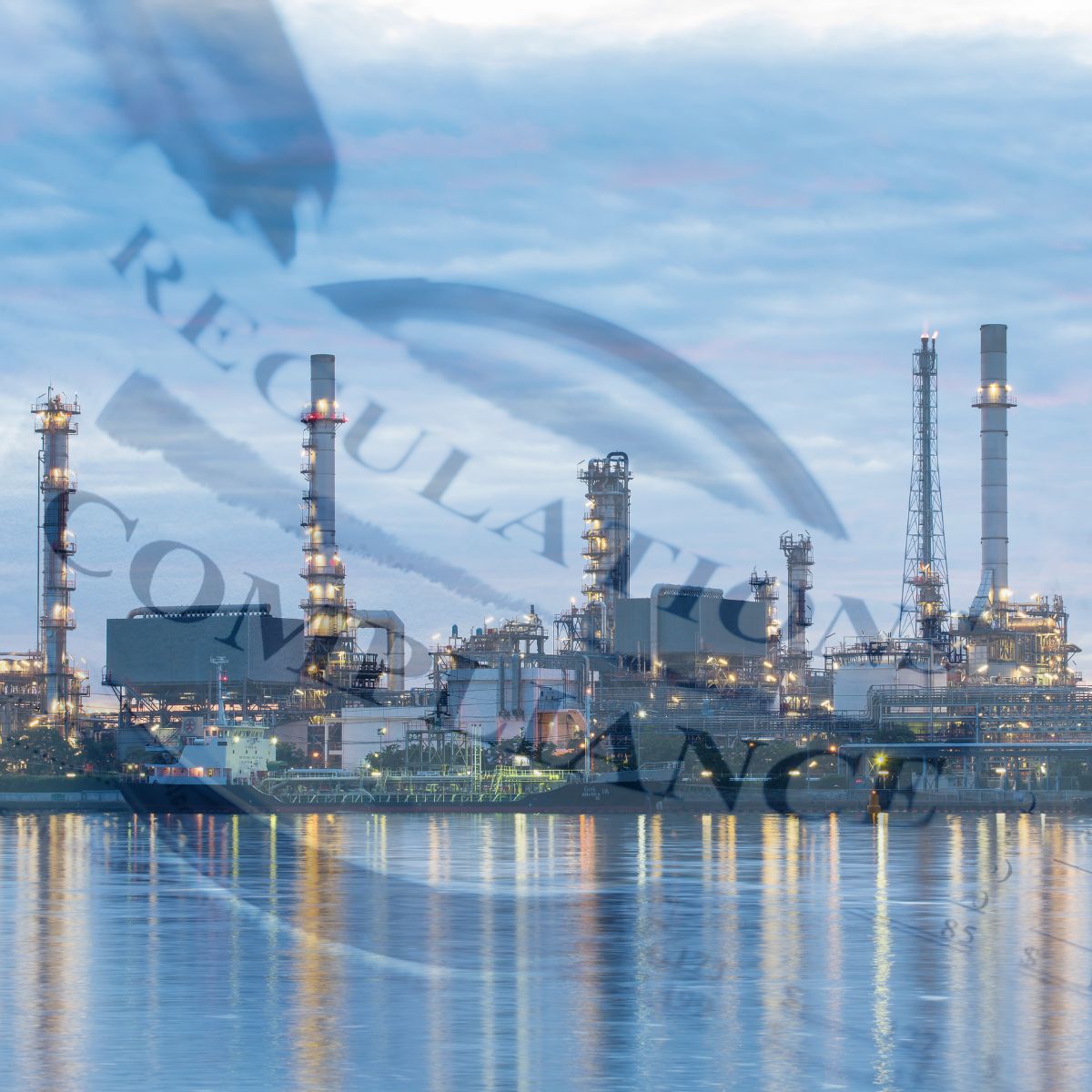
For companies navigating the complex modern landscape, adopting a proactive compliance mindset—identifying and correcting risks before a regulatory audit—is essential to maintaining reputation, avoiding crippling fines, and ensuring business continuity. The key to shifting from a reactive stance to a proactive one lies in foresight across the industry’s most common pressure points: safety, environment, and documentation.
Workplace safety remains a primary regulatory focus, driven primarily by the Occupational Safety and Health Administration (OSHA). The most frequently cited violations in industry are not complex or novel; instead, they are fundamental failures in basic risk management. Failures regarding fall protection, hazardous energy control (Lockout/Tagout), and hazard communication continue to top the list of deficiencies. Proactive compliance here means moving past the minimum standard. It involves implementing a living, dynamic Safety Management System that embeds compliance into daily operations. This is accomplished through continuous, task-specific training— not generic —and by empowering employees and incentivizing them to report potential issues and halt unsafe work without fear of reprisal. Furthermore, companies must conduct internal, unannounced job site inspections that mirror the rigor of a federal audit. These self-assessments should focus on the most commonly cited areas, allowing deficiencies to be logged and remedied immediately. When an incident or near-miss occurs, companies must conduct a thorough root cause analysis to fix the systemic process failure, not just the symptom.
Environmental regulations, particularly those governing methane emissions, represent one of the industry’s largest financial and operational risks today. Driven by federal and state mandates to dramatically reduce greenhouse gas emissions, such as The Methane Emissions Reduction Program, GHG Reporting program, and state cap-and-trade programs as seen in California, the regulatory landscape is rapidly shifting toward prescriptive and economic instruments, such as the Waste Emissions Charge (methane fee) or state-level performance standards. Proactive environmental compliance requires significant investment in technology and policy changes. Companies must move beyond traditional, periodic inspections to implement advanced Leak Detection and Repair (LDAR) technologies, such as continuous monitoring or aerial surveys. More frequent and sophisticated LDAR programs allow companies to find and fix leaks quickly, thereby directly reducing the risk of regulatory violations and minimizing the potential for fines tied to excessive emissions. Additionally, companies must proactively phase out practices such as routine flaring or venting of natural gas, which regulators are increasingly restricting. Investing in infrastructure to capture, compress, and sell this gas not only ensures compliance but turns a potential liability into a revenue stream.
Compliance failures are often documentation failures. Regulators rely on verifiable, organized records to determine adherence. To master the compliance process, a company must build an infrastructure focused on verifiable evidence. This means implementing compliance management software to track regulatory changes across all jurisdictions, schedule required inspections and training, and provide a single source of truth for all permits and compliance documentation. This technology ensures that no deadlines or renewals are missed due to human error. Additionally, governance and accountability are paramount: compliance must be driven from the top down, fostering a culture where adherence to policy is as critical as production targets, often achieved by appointing a dedicated compliance officer or team with direct access to executive leadership. Maintaining open, transparent communication with local, state, and federal regulators is essential. Early engagement on new projects or voluntary self-reporting of non-material issues can build goodwill and lead to corrective action, often allowing a company to address a problem before it escalates into a formal violation or penalty. In the high-stakes world of oil and gas, waiting for a deficiency notice is not a strategy; it is a surrender to risk. By prioritizing proactive investments in safety infrastructure, advanced environmental monitoring, and meticulous documentation, companies can transform compliance from a reactive burden into a competitive advantage.
At RR&A, our contracts management process will help keep you from running afoul of rules and regulations at both the state and federal levels as we continuously monitor the changing landscape of environmental compliance.

Dean is a Junior Associate at R. Reese & Associates and part of the Corporate, Land, and Title Teams. To learn more about Dean, visit his attorney page.
Disclaimer: The information and material on this website is general information about our practice and firm. This information does not offer specific legal advice and the use of this information does not create an attorney-client relationship with RR&A or any of its attorneys. The information on this website should not be used for legal advice, and persons should not act upon the information on this website without engaging professional legal counsel.
